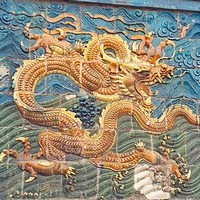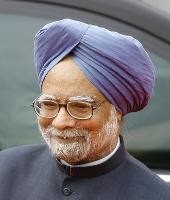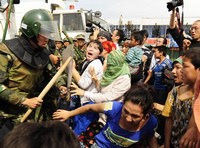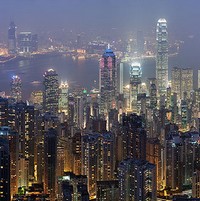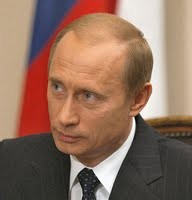
Russia has been in the international spotlight in recent months, with frustration over endemic corruption, lingering anger over December’s manipulated Duma elections and Vladimir Putin’s carefully orchestrated return to the presidency bringing Russian protesters out into the streets in greater numbers than at any time since the fall of the Soviet Union. But despite its political crisis, Russia retains the ability to impact U.S. interests worldwide: The Kremlin is unafraid to flex its still-considerable muscle abroad, blocking U.S.-led efforts to sanction and topple the bloody government of Syrian President Bashar al-Assad, threatening to upend European and even global security over […]

